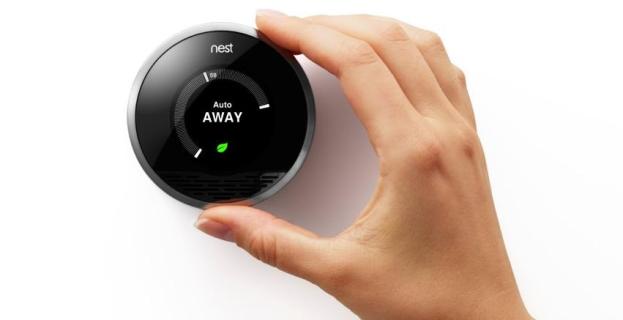
Check out our full written Nest Thermostat review.
Announced on the official Nest blog earlier this week, the smart thermostat company is rolling out a software update that adjusts the Nest thermostat accordingly when being heated up in direct sunlight. Basically, the new software utilizes the Nest’s built-in light sensor to detect direct sunlight and will modify the thermostat’s behavior accordingly. Calling the feature Sunblock, this is ideal for homes where the Nest thermostat is mounted directly in the path of a conduit of direct sunlight like a large window or skylight.

This feature will also be helpful during the winter when direct sunlight is raising the temperature near the thermostat and preventing the home’s heating system from turning on. Nest VP of Engineering Matt Rogers indicated that this was one of the “big issues” that Nest customers relayed to the company’s customer service representatives.
The updated software is expected to gradually roll out over the next few days to first and second generation Nest thermostats that are connected to a home’s wireless router over Wi-Fi. In addition to the direct sunlight fix, Nest is rolling out a “Cool to Dry” feature that turns on the home’s air conditioning system when the humidity sensor within the thermostat detects high humidity levels. This helps keep the home dry and prevents mold from forming anywhere in the home.

Auto-Away has also been updated with the new software patch, specifically to decrease the time it takes to kick in after the homeowner has left the home. Auto-Away is a tool that helps sense when a homeowner has left the home unexpectedly and shuts down the central air system to save on the power bill.
Prior to the launch of the recent software update, Nest CEO Tony Fadell announced two new programs during late April that can help Nest owners save even more money on their power bill with participating partners. Rush Hour Rewards is a program that helps Nest owners earn money from their energy company when they opt-in to limiting their home’s power use during high demand times of the day. Fadell estimates that someone enrolled in Rush Hour Rewards could potentially save $20 to $60 over the summer months.
The second program is called Seasonal Savings and it’s designed to tweak the heating and cooling schedule slightly to maximize savings during the summer and winter. While still keeping comfort in mind, Season Savings reduces power usage by about five to ten percent for the majority of Nest users and helps them shave a bit of money off their power bills each month.

